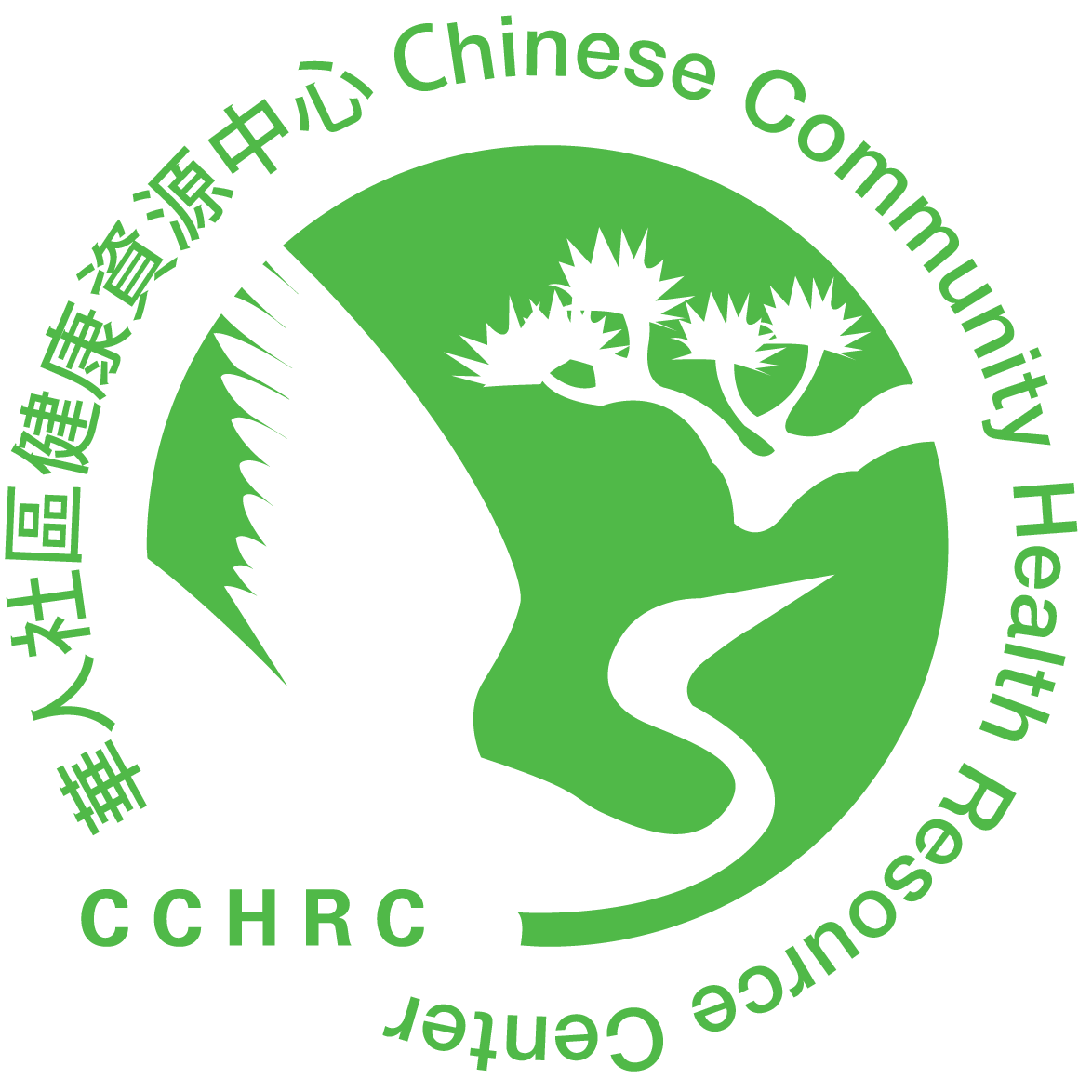Arthritis is a chronic disorder that affects both young and old. It causes aches and pains, and in many cases, permanent joint damage, deformity, and disability. There are many causes and different types of arthritis. One of the more serious forms of arthritis is Rheumatoid Arthritis or RA.
I. What is Rheumatoid Arthritis?
RA is an autoimmune disease that causes chronic inflammation of the joints as well as the tissues around them. The body’s own immune system attacks the synovial membrane (the tissue that lines, protects, and lubricates joints), causing inflammation. As a result, chemicals are released into the joint, leading to further damage of the bone, cartilage, tendon, and ligament. RA can affect the whole body including the lining of the lung and heart, tear and salivary glands, and blood vessels. RA commonly affects small joints of the hands, wrists, feet, and ankles. The joints on both sides of the body are usually involved at the same time. Other joints that may be affected include the elbows, shoulder, hips, knees, neck, and jaw.
II. Who Gets Rheumatoid Arthritis?
RA affects women two to three times more often than men. The disease can start at any age but occurs most frequently between ages 30 to 60. RA is not hereditary but persons with an inherited gene for RA may have more of a tendency to develop the disease.
III. What Causes Rheumatoid Arthritis?
The cause of RA is unknown.
IV. Symptoms of Rheumatoid Arthritis
Symptoms may start abruptly or subtly and vary in severity from person to person. They may also come and go.
- Stiff joints especially after awakening or prolonged inactivity.
- Red, swollen, tender and painful joints
- Fatigue
- Low-grade fever
- Loss of appetite
- Anemia
- Rheumatoid nodules – lumps under the skin of the elbows, fingers, or other parts of the body
- Dry eyes and dry mouth
- Chest pain with deep breathing or coughing
V. Diagnosis of Rheumatoid Arthritis
A complete medical history, symptom history, physical exam, joint examination, imaging tests (like X-rays, ultrasounds, or MRIs), and certain blood tests enable your physician to diagnose the disease. The presence of an antibody in the blood, called “rheumatoid factor”, is detected in 80% of the people with RA.
VI. Treatments for Rheumatoid Arthritis
Currently, there is no known cure for RA. Treatment aims to reduce joint pain and inflammation, improve joint function, and prevent joint deterioration.
1) Activity and Rest
Regular exercise keeps joint flexible and muscles strong. Listen to your body and learn to adjust your activities accordingly. Balance activity with rest. Therapeutic exercises include range-of-motion and strengthening exercises. Consult your doctor, physical or occupational therapist for specific instructions.
2) Heat and Cold Applications
Heat reduces pain and relaxes intense and painful muscles while cold applications temporarily dull and numb pain.
- Take a 15 mins. hot shower or bath
- Soak joints in warm water
- Use hot or cold packs or a bag of frozen vegetables (wrapped in towels).
- Never place an ice pack or hot pack directly on the skin.
- Use electric heating pads or heat lamps for 15 to 20 mins. at a time. Never sleep with your heating pad turned on.
Don’t use heat or cold treatments if you have poor circulation or poor skin sensation.
3) Medications
A. Anti-inflammatory medications to reduce swelling, inflammation and pain.
Non-steroidal anti-inflammatory drugs (NSAIDs)
Aspirin and ibuprofen are examples of over the counter NSAIDs. Prescription NSAIDs are more potent but cause more stomach problems. Take with food to reduce side effects.
Corticosteroids
Prescribed for short-term use to relieve acute symptoms. May be given by mouth or injected directly into the tissues and joints. Side effects include facial puffiness, thinning bones, easy bruising.
Topical Analgesics
Ointments or creams that contain menthol (like Tiger Balm) block the transmission of the pain signal from the joint.
B. Medications that modify the immune system’s response to RA and slow down the progression of the disease:
These drugs are reserved for persons with severe and aggressive RA. They usually take weeks or months to be effective and may have potentially serious side effects such as liver, kidney, or bone marrow damage, and increased risk of infection.
4) Surgery
In some cases, when there is severe joint deformity, surgery can be a choice. At this time, some finger joints, knees, and hips are routinely replaced. Shoulder and ankle replacement are not performed as frequently.
5) Diet
Eat a balanced diet and keep your weight under control. There is no scientific evidence at this time to suggest that any particular food causes or cures RA. Fish oil supplements, which contain omega-3 fatty acids, have been shown to provide relief for some RA patients. Always consult your physician before using any products with health claims.
VII. Self Care Tips
Learn to protect your joints and perform daily activities in ways that are least stressful to your joints.
1. Use large joints and strongest muscles to do a task.
- To push open a door, use your hip instead of your hand
- To open a jar, use the palm of your hand instead of your fingers
- To hold a bag, use your arm or shoulder instead of your fingers
2. Spread your weight over several joints. To lift up an object, use both arms instead of one.
3. Do not twist or use your joints forcefully.
4. Use self-help devices such as a cane, walker, jar gripper, toilet seat raisers, lightweight plastic dishes, and long-handled reachers to help with day-to-day activities.
5. Wear gloves on your hands when it is cold outside.
To learn more about the latest treatments for Rheumatoid Arthritis, contact:
The Arthritis Foundation 1-800-283-7800 www.arthritis.org.
Copyright © 2002-2020 Chinese Community Health Resource Center
If you would like a copy of this health article, please click on the PDF button in the language you prefer. To view the PDF document, you’ll need Adobe Acrobat, which you can download here.
Bilingual:



